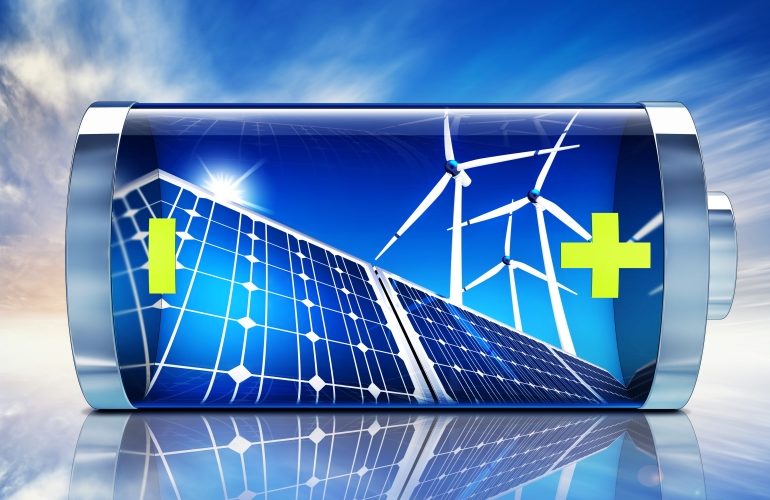

A possible breakout moment for emerging technologies like storage and hydrogen
Both energy storage and hydrogen – critical emerging technologies for unlocking emissions reductions across energy systems – could become key beneficiaries of stimulus plans, much as solar PV and wind benefitted from boosts during recovery packages after the 2008 financial crisis. For storage and hydrogen to achieve this breakout potential, governments will need foresight, rigorous planning and coordinated support.
Energy storage was losing momentum going into the Covid 19 crisis. Last year, annual installations of energy storage technologies declined – their first drop in nearly a decade. Wavering policy support in key markets and uncertainties around battery safety impacted growth, with grid-scale installations falling by 20%. The Covid-19 crisis is likely to compound these effects, as batteries have a particularly complex supply chain that includes cells, modules, packs and installers. Recovery plans and associated policies could counteract this recent dip in progress and provide a much needed boost so storage can better serve its critical energy integration role.
Low-carbon forms of hydrogen had gained unprecedented momentum before the coronavirus outbreak. The coming years were expected to set new records for the deployment of hydrogen-producing electrolysers. In addition, several projects to produce hydrogen from fossil fuels with CCUS are under development or have announced plans to start operating in the early 2020s. These projects and other future developments, however, may be at risk due to the global economic downturn, supply chain disruptions and lower capital spending by companies, which may also prioritise other business areas. These factors could hamper the demonstration of key end-use technologies necessary for the use of hydrogen in sector integration.
Article from International Energy Agency
